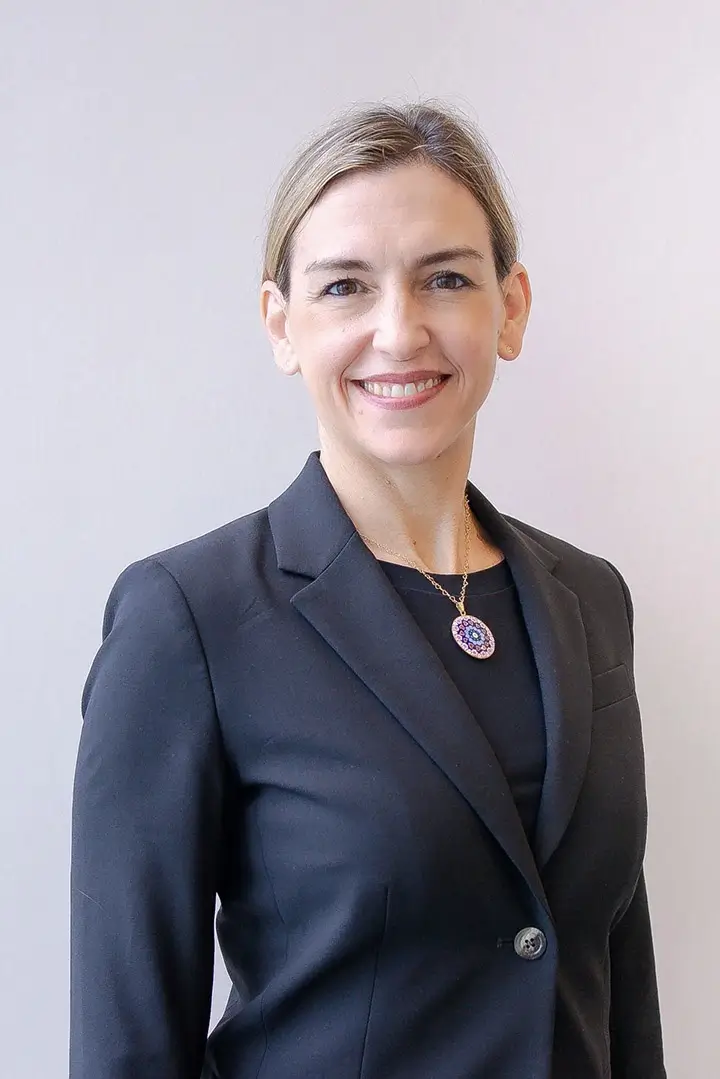Read about Ed’s progress and see video after treatment on October 30th, 2006.
Alzheimer’s patients at a nearby nursing home were often kept company by Ed and his stepson Chris during their free time. But after Ed’s legs were hobbled and his energy sucked out of him by multiple sclerosis, he no longer could make the visits he and his son had grown accustomed to. But umbilical cord stem cell treatment may allow Ed to add the visits into his schedule once again.
Next week, John plans to journey to a Mexican treatment clinic because the federal Food and Drug Administration has not approved domestic treatment due to stem cells still being in the early stages of research in the states.
“Other countries have been doing this for years,” Ed said. “It’s the only hope.”
Ed has been relying on herbal and spiritual treatments to alleviate his symptoms as a substitute for conventional treatment for some time.
“All the medicine out there is toxic,” Ed said. “Everything I’ve heard is you take a pill and something else happens.”
The central nervous system is affected by multiple sclerosis and the hope is that stem cells can rebuild the damaged nerve cells.
A political barrier has been erected over ethical and religious concerns and this has hampered American research.
Instead of controversial sources of stem cells coming from embryos and aborted fetuses, Ed’s cells were derived from umbilical cord blood. It will take about an hour for Ed to receive his injections.
Ed reminisced about his sons Jason and Chris; he used to have stamina for street hockey and pickup football.
“Now I can’t do any of that,” said Johns, 43. “I went from working full time and now I work two hours, four days a week.”
Ed was not diagnosed until he was 30, but he thinks he has suffered from some form of multiple sclerosis since he was 10.
“He always had trouble walking,” said Ed’s mother, Joanne. “It never showed up as MS.”
Now walking with a cane, the multiple sclerosis has brought on extreme exhaustion, blurred vision, bladder and bowel problems, and depression.
“The legs feel like you have 100 pounds of extra weight,” Ed said. “Sometimes the feet just drag.”
Even though he is not guaranteed to get the exact life of a non-multiple sclerosis patient, after reading up on stem cell treatments, he is confident he’ll get a desired result.
“Across the board, everybody gets more energy and the depression seems to leave,” Ed said. “That’s at least what you’ll get.”
Jason, the 24-year-old National Guardsman last saw his father in April before moving to North Dakota. He said his father has run the gamut of conventional treatments and that his condition has deteriorated.
“I’m hoping to see a 100 percent turnaround,” Jason said. “If it’s not a complete difference, I hope it gives him energy.”
Joanne supports her son’s decision to go to Mexico for treatment he can’t get here.
“If you are hoping and pray it will do something good you have to take a chance,” she said. “We hope it’s what he is looking for.”
The treatment is expensive so the goodwill of others to finance his treatment, aside from his family, is what Ed has relied on.
Ed’s co-workers from the call center he works at donated $3,600 to help pay the cost. His boss Brett recalled how Alzheimer’s patients at the nearby nursing home were treated to roses on Valentine’s Day and gifts during Christmas… all brought by Ed.
“I’ve never seen anyone be that genuine before,” said Brett.

